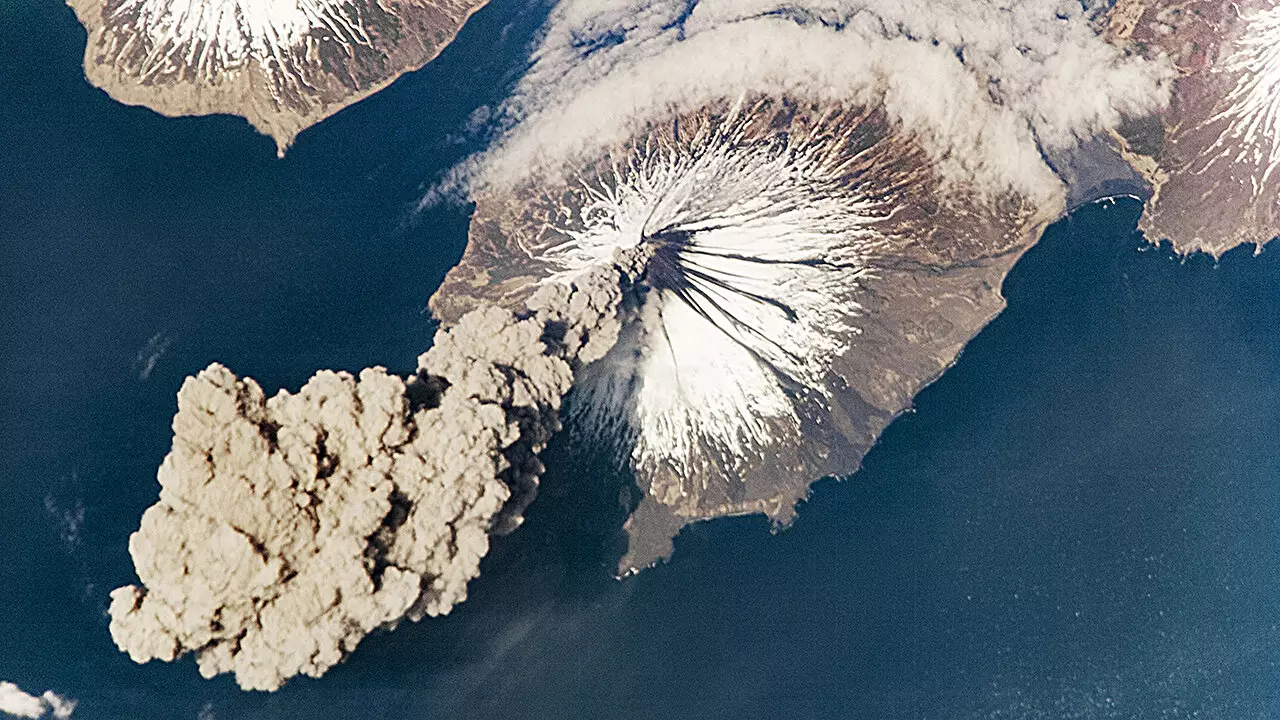Earth’s geological processes are intricate and fascinating, with subduction zones standing out as crucial elements in the planet’s hydrological cycle. These zones, where one tectonic plate slides beneath another, serve as vital conduits for water that plays roles far beyond what might be initially assumed. When oceanic plates descend into the hotter depths of the Earth’s mantle, they release water—an action that not only affects volcanic activity but also has implications for seismic safety. The study of this water movement and its effects is not just an academic endeavor; it holds significant implications for our understanding of geological phenomena and Earth’s past.
The Role of Mantle Hydration in Volcanic Activity
Latest research conducted by G. S. Epstein and colleagues sheds light on the dynamic processes occurring within these subduction zones, revealing that the amount of water released is not static. The findings emphasize that variations in water release directly correlate with the thermal conditions of the subduction zones. Initially, when the plates begin to descend, dehydration occurs, but this phase is not conducive for stabilizing hydrous minerals—a situation that diverts the fluids upwards, instead contributing to volcanic eruptions. It’s a remarkable twist of fate: the very mechanisms that feed the Earth’s fury above are produced by the plasma-like behaviors of matter beneath.
A Comparative Analysis of Age and Depth Dynamics
The study conducted simulations of a 90-million-year-old subducting plate beneath a much younger 10-million-year-old plate, revealing a striking timeline of hydration. During the intermediate phases of subduction, the associated water rises and gathers in the fore-arc mantle wedge. This area, situated atop the subducting slab, becomes replete with water—around ten times more than previously estimated—largely due to the unique circumstances provided by the cooling wedge in contrast to the still-hot slab above. This layer of hydrated mantle is crucial for understanding the cycles of water movement beneath the Earth’s crust and contributes fundamentally to the formation and behavior of volcanoes.
Seismic Implications and Geological Safety
The implications of this study extend into the realm of seismic activity, questioning our assumptions about earthquake magnitudes and their depths. By delineating how water influences the stability of these regions, researchers are piecing together a more comprehensive picture of earthquake mechanics. Since water’s release from the subducting slab can limit the maximum depths of damaging tremors, understanding these hydration processes could be pivotal in predicting seismic events and mitigating disasters.
Contribution to Earth’s Water Cycle
The findings align seamlessly with existing seismic observations, enhancing our grasp of the interconnectedness between the Earth’s subsurface, oceans, and atmosphere. The traditionally underestimated volume of water in fore-arc mantle wedges underscores an essential aspect of our planet’s water cycle: the depths of the Earth are more dynamic and wet than previously believed. This research prompts a reevaluation of our Earth science paradigms, urging a deeper consideration of how water’s presence, or absence, drives geological processes.
In essence, as scientists unravel the complexities of subduction zones, we are reminded that beneath our feet lies not just solid ground but a vibrant, concealed world that holds secrets vital for the health of our planet.

